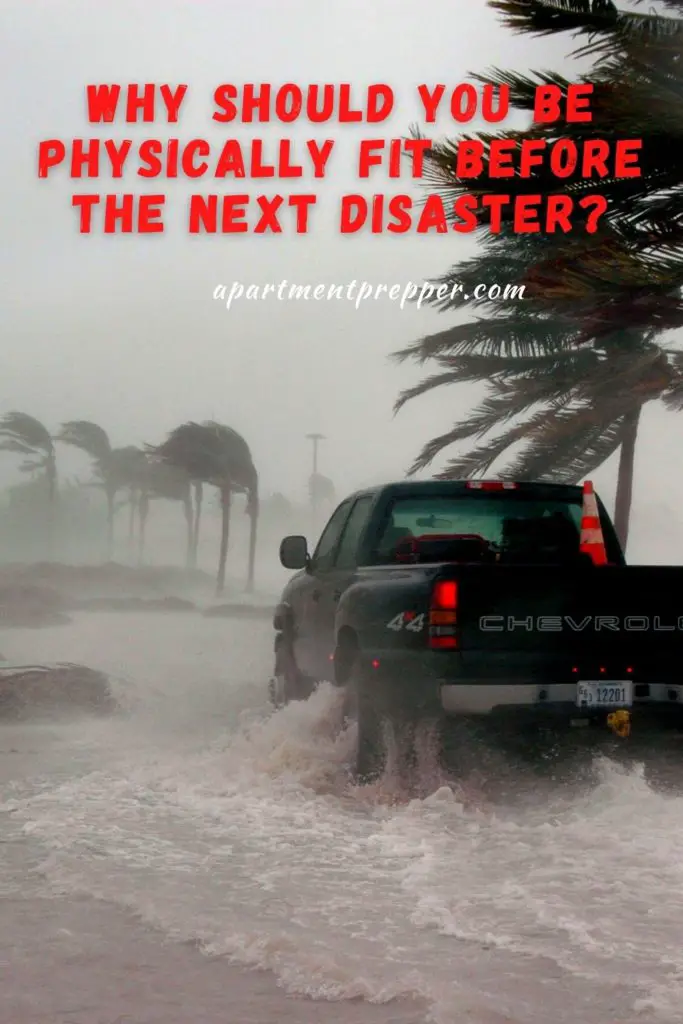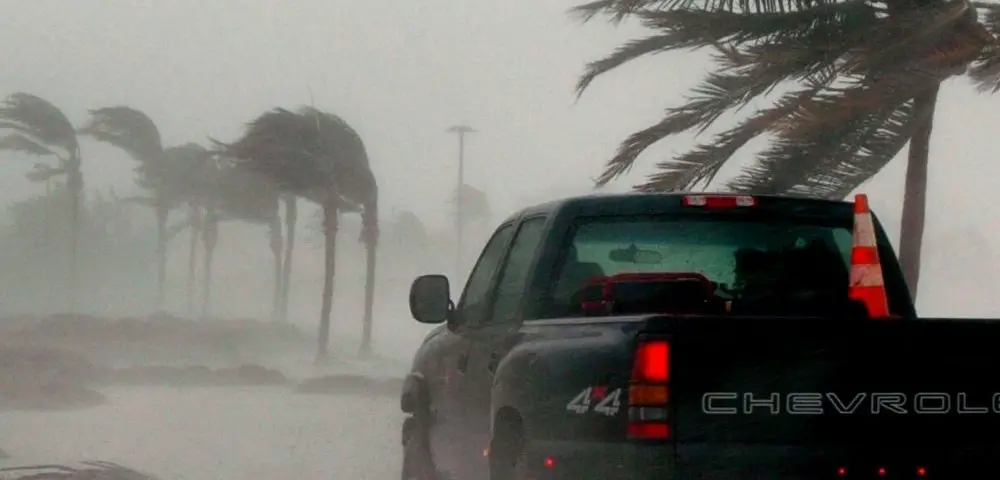by Dan Vale
When preppers think about physical fitness, they sometimes consider only a few of the many physical challenges that they might face during a disaster. Also, however, they need to think about the stress of the mental challenges they will face and how physical fitness will help them to successfully handle those stresses.
Disasters are physically challenging
First, let’s consider the possible physical challenges of a disaster that will require body flexibility, as well as aerobic and strength conditioning. The Colonial Pipeline cyber-attack, for example, caused gas shortages in the southeastern U.S. Furthermore, if our aged, vulnerable energy grids are disabled, gas station electrical pumps might not have the electricity to pump any available gas from their main underground tanks into their above ground gas dispensers. There also would be no electricity to charge the batteries of electric cars. If your gas or electrical car had no fuel, how long and how far could you walk or ride a bicycle?
Our electrical grids are vulnerable to many threats. They are vulnerable not only to cyberattacks, but also to storms. These storms could knock down power line poles and even towers or topple trees onto power lines. This, in turn, could possibly cause a cascade of failures in our electrical grids. New Orleans recently lost electrical power because of Hurricane Ida.
Finally, an electromagnetic pulse from an enemy nuclear bomb exploded high above the U.S. could cause widespread and long-term power blackouts. Such a weapon could disable many electronic devices, including our electric cars, and even our more modern gas driven cars. Ted Kopple describes this threat in his book, Lights Out.
If our electrical grids are damaged or disabled, there also might be no electricity for the pumps that keep water towers full. If water towers were empty, no water would flow to households. Are you in shape enough to carry buckets of water from rivers, lakes, or wells to your apartment for drinking, cooking, bathing, and toilet flushing?
Without electricity, there would be no heat in the winter because the furnace fans would not be able to circulate heat from the furnaces to the apartments. Are you in shape enough to chop and haul wood for outdoor fires to cook food or warm bath water? Could you bring chopped wood to your fireplace to heat your apartment?
Without electricity, washers and dryers would not operate. Are you ready to wash clothes by hand and hang them on a clothesline?
Especially if you live, work or shop in a multistory building, are you ready to walk up and down the stairs when the elevators are not working? Would you be physically ready to carry a load such as a small child or groceries?
The above examples are not an exhaustive list reasons for being in good physical shape during the next disaster. What other reasons can you add to this list in the discussion section below?
The risk of injury
A body that is not in good physical condition also is more likely to suffer an injury if suddenly challenged by situations such as those above. Such an injury can be fatal, such as with a heart attack, permanent, such as with a spinal injury, or temporary such as with a pulled muscle.
Such injuries would be bad enough during normal times. During a disaster, however, doctors and hospitals might not be immediately available because they could be overwhelmed with other victims of the disaster. We have already seen this during the COVID-19 Pandemic.
During a disaster, an injury could have a greater chance of resulting in death or at least could make it more difficult or impossible to respond well to the challenges of the disaster.
Mental stress
Disasters also can cause mental stress. Daily routines are disrupted. There might be no streetlights or stoplights functioning, thus causing more dangerous driving conditions. Apartments might have no heat in the winter or air conditioning in the summer. The only light in a dwelling at night might be candlelight. Worry about crime and other safety hazards during a disaster is understandable. Friends and neighbors probably also will be stressed, and interactions with them probably will be stressful.
Exercise helps disaster victims to cope with their mental stressors. Exercise floods the body with endorphins, which are the body’s “feel good” hormones. Exercise also channels mental stresses into the energy needed to exercise. This helps a person to manage stress and depression and to sleep better. These advantages will help a physically fit person to continue exercising, to make better decisions, and to relate better to family members, friends, and neighbors during a disaster.
What about normal times?
What if you are fortunate enough to never face the challenges of a disaster? You still will benefit from a physically fit body, even during normal times. If you are physically fit, you are less likely to develop:
-An excess weight problem
-A heart attack or a stroke
-Type 2 diabetes
-High blood pressure
-Unhealthy levels of cholesterol or triglycerides
-Liver or gallbladder disease
-Sleep apnea or a breathing problem
Physical fitness, however, requires more than just exercise. Some people eat more than they should eat, eat too much of the wrong types of foods, and tell themselves, “I’ll burn off those extra calories by exercising.”
One study considered the question, “How long would a 154-pound person have to hike to work off the calories consumed by drinking two 12-ounce glasses of beer and two 16” slices of deluxe pizza?” The answer was surprising.
First, to determine the answer, it is necessary to consider the number of calories this person has consumed. By consulting a food chart, this information is available. A 12-ounce glass of beer has 145 calories. Two glasses would make a total of 290 calories. One slice of a 16” deluxe pizza has 299 calories. Two such slices make a total of 598 calories. The grand total is 888 calories.
By consulting a physical activity chart, we see that a 154-pound person burns off 370 calories during every hour of hiking. Thus, a 154-pound person would have to hike for almost two-and one-half hours to work off those 888 calories. The time required would be different for a person of a different weight who was using a different exercise.
The quality of food is also a consideration. Fresh fruits and vegetables would be more healthy choices. An occasional choice of foods like pizza and beer is all right.
Clearly, the quality and quantity of food you eat is as important as exercise. Exercise and diet are like your right and left hands. Being concerned only about exercise is like going through life with one hand tied behind your back.
Preppers understand that they probably cannot prevent a disaster, but that they can prepare for one and can have a better chance of coming through it well. Disaster preparations are not all that they can be unless you are physically fit. For those who have limited financial resources, especially during this era of high inflation, Bernie Carr has written an article about economical ways to workout at home.
About the Author:
Dan Vale has a bachelor’s degree in physical education. He won the Mr. Delaware Bodybuilding Contest in 1968 and earned his karate Black Belt in 1973. He has had a lifelong interest in physical fitness. Furthermore, for over seven years, he wrote 785 articles for the Examiner Online Newspaper. Most of these articles were written in his capacity as the Baltimore Prepper Examiner. To see his Amazon books, visit his Amazon author page.
We are an affiliate of Amazon.com, which means we received a small commission if you click through one of our Amazon links when you shop, at totally no cost to you. This helps keep the lights on at the blog. Thanks!


